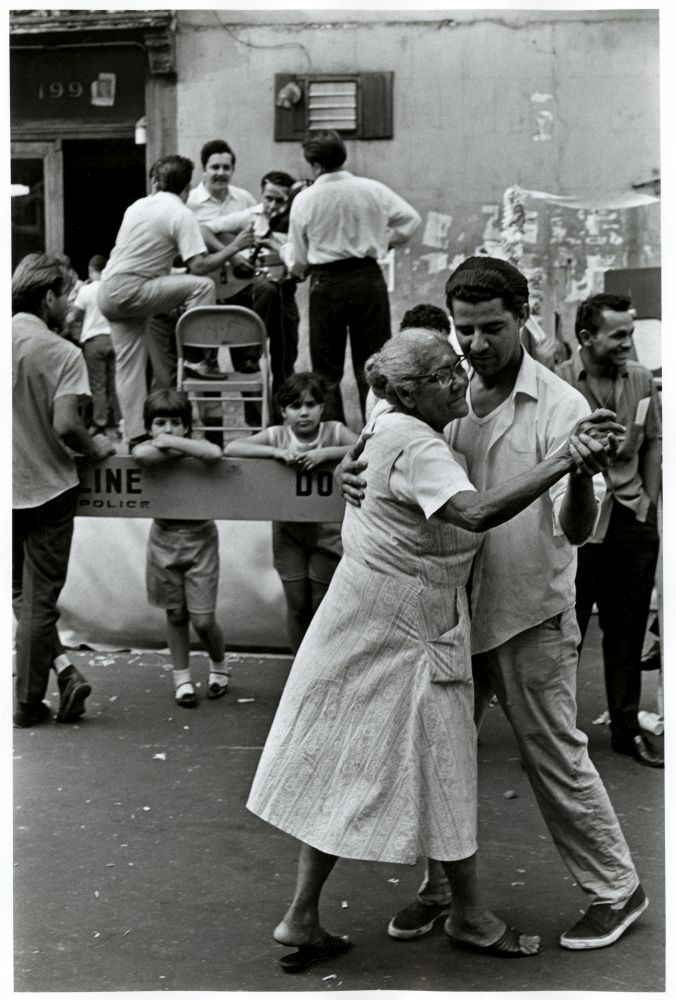Obstacles to unity
Ní neart go cur le chéile. There is no strength without unity. This is an Irish proverb with equivalents in most cultures, and most of us would acknowledge that it is completely true.
However, the obstacles to unity are not usually found in our beliefs but rather in our actions. So how do we need to act if we want unity as an outcome?
The individual as part of the whole
Humanity is not an homogenous blob, it is a complex, dynamic system made up of endlessly diverse individuals. Each individual a unique, snowflake-like creation and all charged with finding ways to live and work together. How we see ourselves as individuals and how our individuality finds a place in ‘the whole’ is a very important factor in the quest for unity.
A fundamental feature of ethical and political thought is the attitude of an individual (“the self”) toward other people (“the other”). One perspective acknowledges three modes of engagement. First, is when the other is viewed as an object – a subject of research or victim of oppression that is merely a recipient of the actions and judgements of the self. In the second mode, the other, is human, but the self claims to know the truth about the other completely, engaging him or her from a distance, offering certainty and authoritative direction, an example is the traditional relationship between a doctor and patient. The third mode is one of reciprocity and mutual recognition; the self influences the other, but when the other speaks, the self must also be prepared to be called into question and, perhaps, to change. (Paul Lample)
So, if we want to act in a fashion that promotes unity then we need to realise it’s a bit like a dance. We all need to respond to each other, to recognise each other and to learn the skills we need in order to move together towards a harmonious future.
Photograph – James Jowers, 1967
